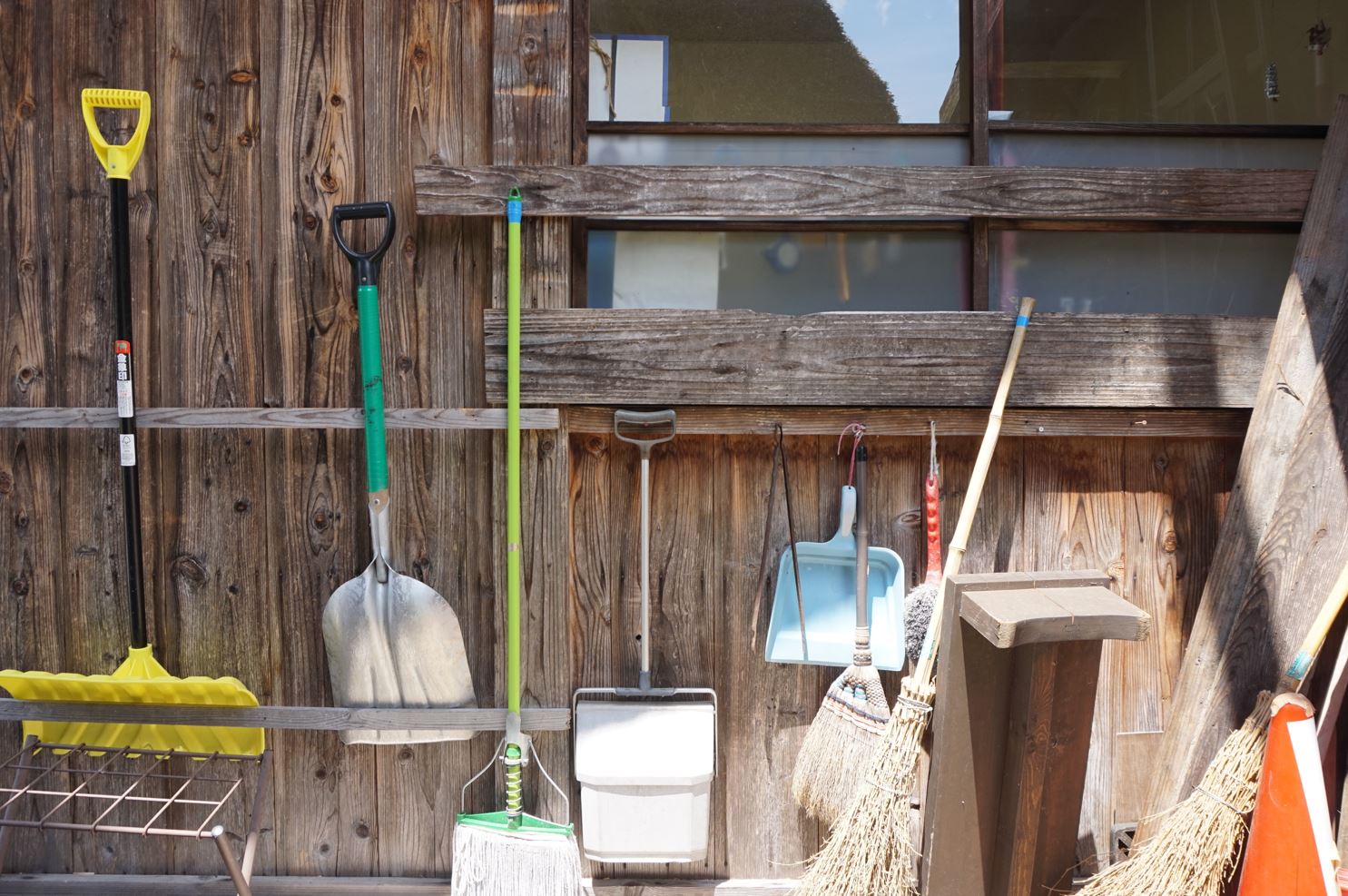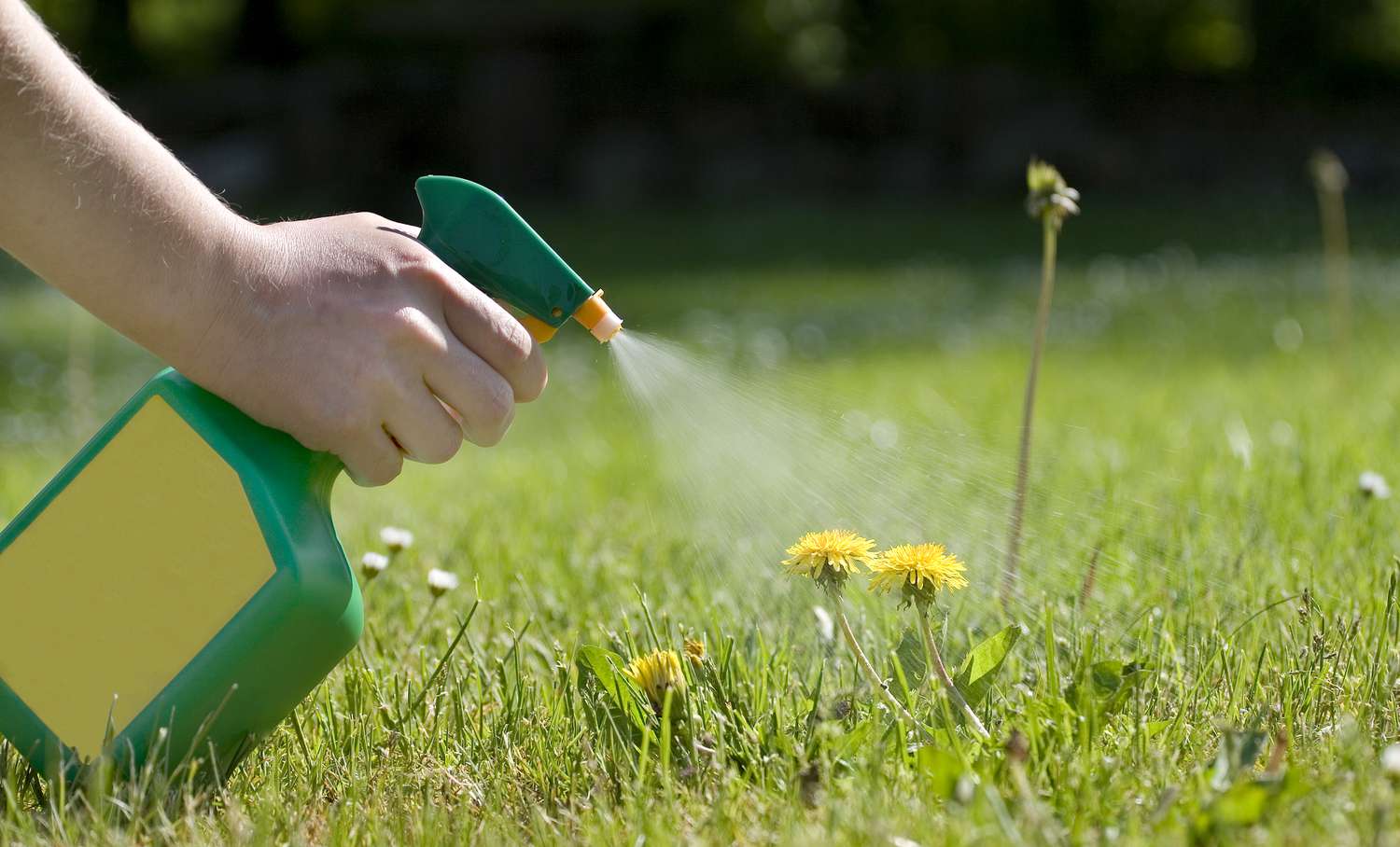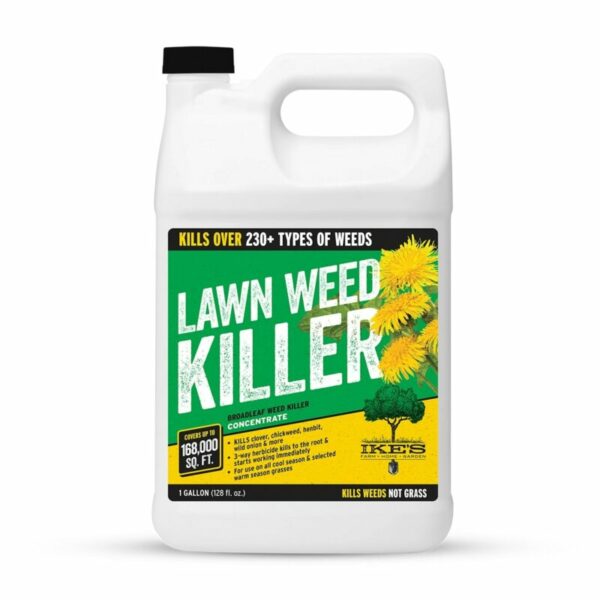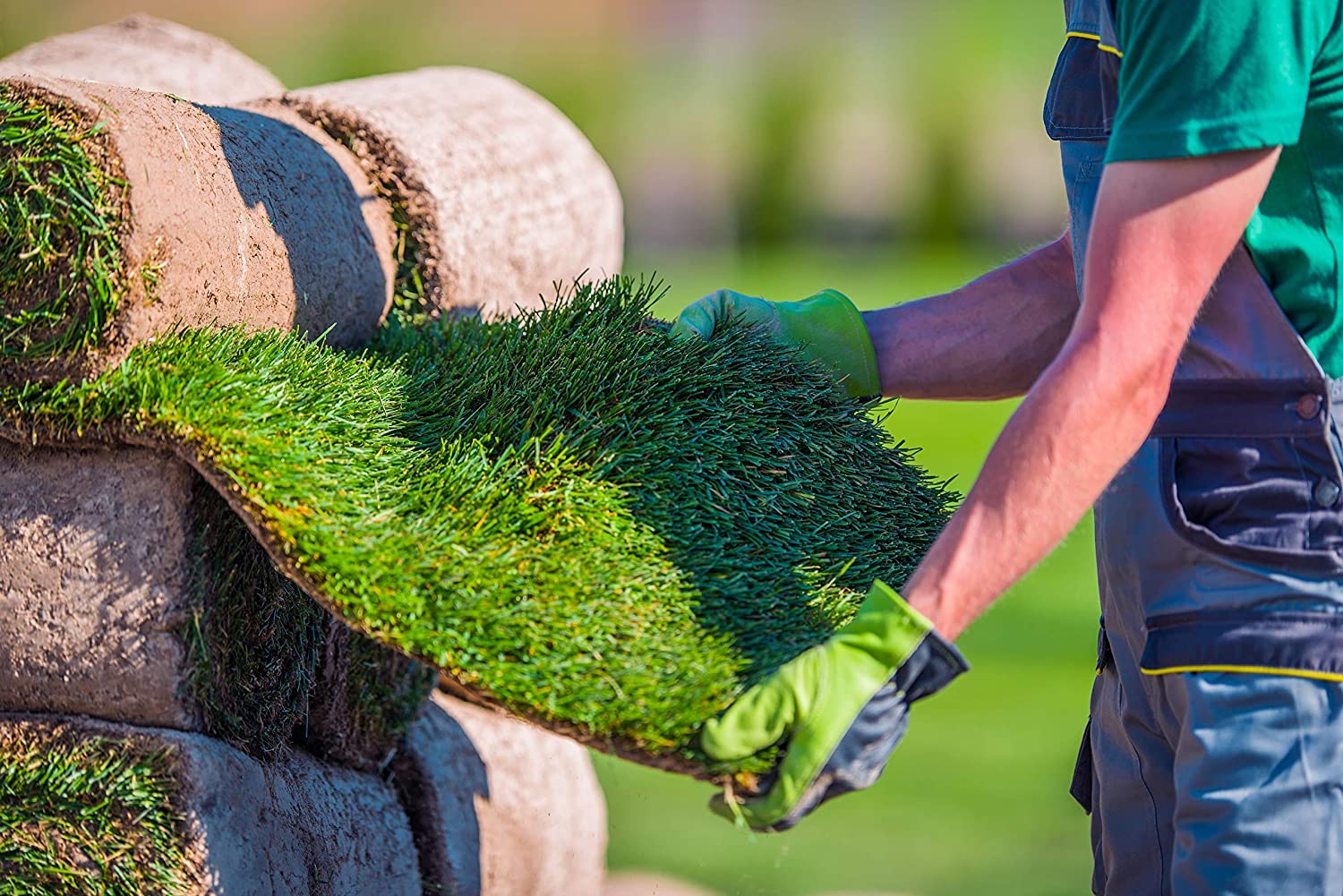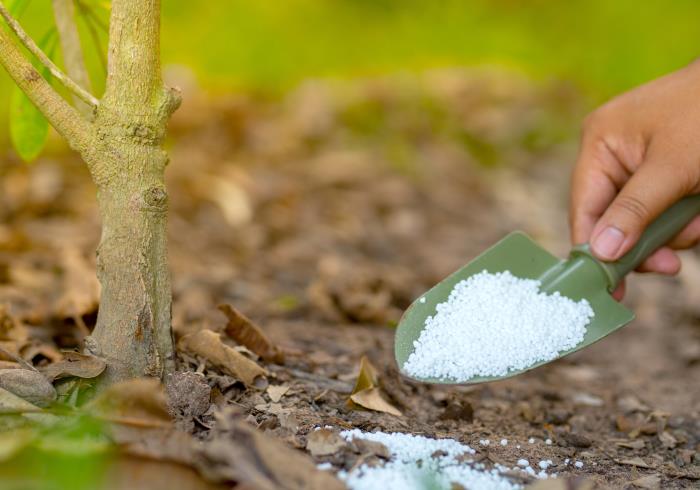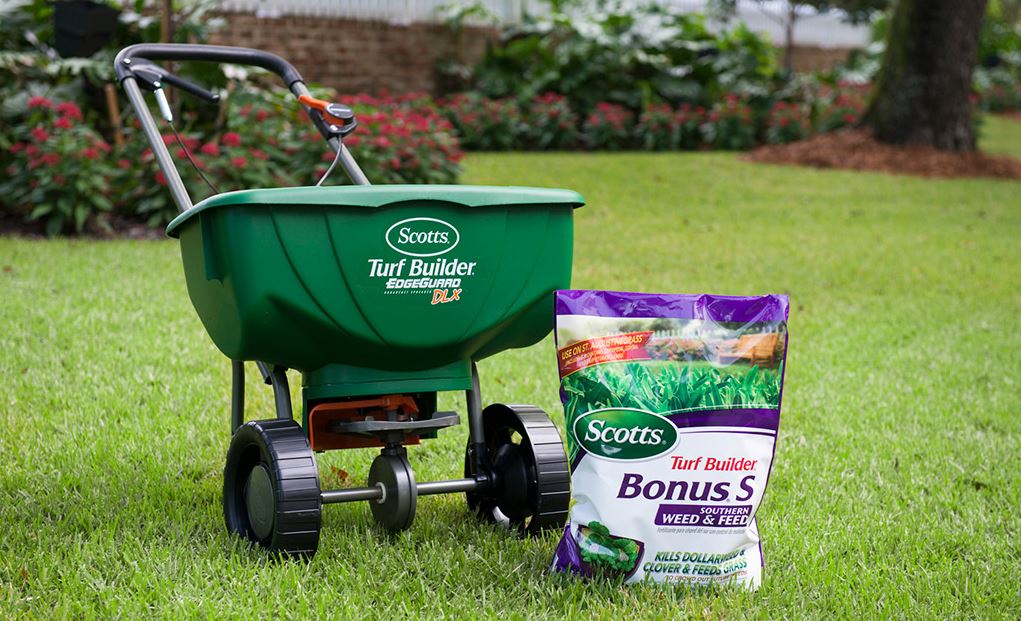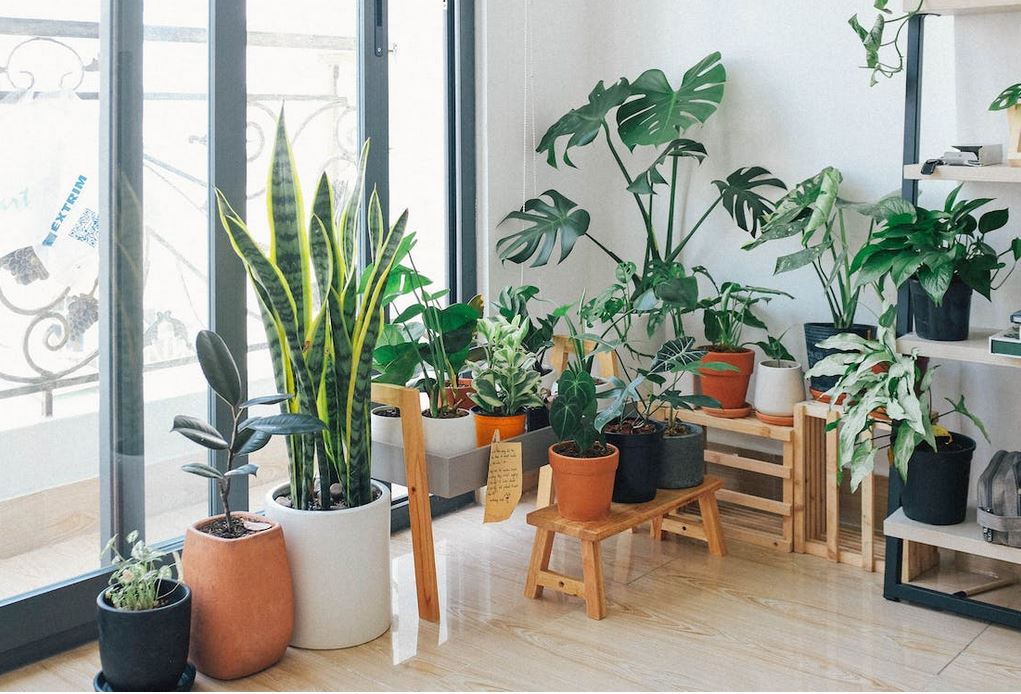There are certain gardening tools that every gardener should have. You understand how essential it is to have all the essential gardening equipment required to maintain the health and aesthetics of the garden if you cultivate plants for food or it is a part of your profession.
While there are many expensive gardening tools available for purchase online, only a select number are really necessary for experienced gardeners. Let’s take a look at what gardening tool will do for you and why it’s important to have a perfect set for every gardener.
Related Article: Gardening for Beginners
A gardening tool is any instruments designed for gardens and gardening, which also includes a variety of equipment made for agriculture and horticulture. Both hand tools and power tools can be used as garden tools.
List of Gardening Tools for Every Gardener
Like other hobbies, gardening has an almost infinite amount of equipment that are worthwhile collecting when you first start.
I personally prefer to think of each new gardening item as an investment in my gardening journey because gardening is a passion that you can pursue for the rest of your life and you will always learn something new from it. Due to its ability to practically last you a lifetime with proper maintenance, investing in the best gardening equipment is always the wiser course of action if you intend to be a long-term gardener.
To get you started on any gardening project you have in mind, here are some basic garden tools:
Shovel
The majority of gardening tasks require a shovel, especially those that involve digging and the removal or addition of loose gardening supplies like compost, fertilizer, mulch, soil, etc. A high-quality shovel will be very useful to you whether you’re digging a deep hole or filling a bed with compost. It can also be used to spread mulch, remove weeds, or fill a bed with compost.
Although a shovel might seem simple enough, you’ll be amazed by the variety available at the store. Choose a shovel that has an angled head and a triangle head so you can dig holes, shift soil, and move plants. A squared-off garden spade would enable you to make cleaner cuts when beginning a huge landscaping bed, but for most beginners, an angled shovel is the best tool for the job.
Gardening gloves
Whether you have a large garden space or just a few containers, you shouldn’t even consider gardening until you have an excellent pair of gardening gloves. A reliable, comfortable pair will keep your hands clean and free of blisters, and they don’t have to be pricey. Your fingertips will be shielded from thorns, burs, and slivers if you wear gloves.
Soil Knife
Another highly useful item is a soil knife, although you won’t typically find one in a gardener’s tool shed. This tool can readily carry out tasks that other gardening equipment carry out because of its extreme versatility. It may be used for many different things, including planting herbs, vegetables, flowers, and bulbs as well as digging out weeds, dividing plants, cutting through roots, removing pebbles, opening sacks, and cutting twine and ties. This Japanese-made instrument should be kept away from young children due of its serrated blade’s sharpness on both sides.
Gardening shoes
Investing in a pair of waterproof boots will prevent you from suffering long-term shoe damage when gardening. Muck Boots are well known for their outstanding grip, breathable but warm lining, and capacity to readily shed dirt in addition to their comfort and flexibility.
Gardening scissors
You might be shocked at how frequently you use garden shears to cut flowers for bouquets, harvest herbs, trim small branches, and deadhead plants. Again, having these tools on hand is a good idea for everybody.
Rake
Before planting, you can clear the ground of rocks, stones, and obstructions using a rake. It can also be used to collect garbage like weeds and leaves or to level and smooth the soil’s surface. For example, a lightweight, fan-shaped rake is ideal for covering large areas when sweeping up leaves, while a heavier duty bow rake will be best suited for dealing with stony ground. You might find that you want to add a few different varieties of rakes to your collection to suit different needs most comfortably.
Fork
A garden fork is a multifunctional piece of equipment and one of the hardest working instruments in any gardener’s toolbox. In addition to aerating lawns (for more information, read our article on Lawn Care & Maintenance Tips), it can also be used to soften hard ground, break up compacted soil, make holes for seeds, mix in soil treatment, remove weeds and stones, and mix in soil treatment. It can pierce tough terrain more readily than a spade thanks to its powerful, pointed tines.
Hand-held trowel
A hand-held trowel is essential for many common gardening chores, such as breaking up dirt clumps, creating small holes, relocating seedlings, and even removing weeds. Both small-scale and extensive gardeners may frequently find themselves utilizing a trowel. Choose an entry-level piece of gardening equipment with a sturdy wooden handle and a blade made of solid metal if you must spend money on one item.
Kneeling pad
If you’re concerned that prolonged kneading will make you sore, think considering using this comfort item. The majority of garden centers provide rectangular foam knee pads that you can use while working.
Hose or watering can
Spend money on a hose and make sure it’s long enough to stretch from your spigot to your garden if you’re planting directly in the ground. Think about incorporating a sprayer attachment that will allow you to regulate water pressure and flow. A watering can will do if you’re only doing container gardening; choose one that is lightweight and easy to carry even when full.
Water in the early morning when temperatures are cooler for optimal effects. Avoid watering in the middle of the day because it will evaporate too quickly, and avoid watering in the evening because it can cause the soil to get soggy and serve as a breeding ground for bacteria and fungi that are damaging to plants.
Wheelbarrow
Using a wheelbarrow makes it much easier to move bulky and difficult gardening supplies about your garden. Fill your wheelbarrow with everything, including your tools, and move them around the workspace with ease as you work.
Saw
It will occasionally be necessary to shape and prune shrubs and trees, in addition to removing woody plants like briars. When secateurs just aren’t cutting it, a bow saw will get you through the majority of the tougher cutting duties in the garden!
Sprinkler
Although a sprinkler will be more practical for larger areas, you may water your vegetable garden with a hose and sprayer attachment (plus a few minutes of your time). Look for an oscillating or rotating sprinkler that will use the least amount of water if you need to cover a lot of ground.
Spade
If money is tight, choose the spade over the shovel and save the shovel for later because a spade is much more crucial than a shovel. A decent spade is helpful for breaking up roots, removing sod, digging through heavy soil, and edging flower beds.
Hand-held weeder
Consider using a hand-held weeder to remove weeds from your garden if they start to overtake it rather than spraying. The key to preventing them from returning is to pull out the entire plant by the root, which is made simpler by these hand tools. Instead, surround your plants with a layer of mulch to help smother developing weeds, or just pull them out with your dependable trowel.
Pruning Shears
A garden secateur, sometimes referred to as pruning shears, pruners, or clippers, is a highly helpful hand tool in the garden. It will be necessary for pruning, shaping, and removing dead growth from plants and shrubs. A excellent pair of secateurs is worth the investment since they will last a very long time, keep their edge longer, handle heavier branches, and are more comfortable to use.
Hoe
A garden hoe is essential for cultivating your soil, edging your lawn, and countless other gardening tasks. This versatile garden tool comes in several varieties but a regular Dutch or Draw hoe will meet most gardeners’ needs. You will find it highly useful when preparing beds for planting and weeding.
Pruners
To do tasks like trimming stems and harvesting veggies, you’ll need sharp pruners. You’ll use this tool over and over again. In order to keep them nearby, many gardeners wear them on their belts. Invest on long-lasting, high-quality pruners. The presence of replacement parts is a sign that you are purchasing high-quality goods.
Final Thoughts
It’s simple to overstock your shed with unnecessary goods, such as extra garden tools. Continue with the list above and just add the final two items that you’ll use repeatedly to prevent that: Several buckets—you can never have too many—and a cosy hat. A wide brim to keep the sun off, a vented crown to allow your head to breathe, and a beaded string you can tighten on windy days are all desirable features in a hat. Nothing can now prevent you from having a blast throughout this growing season and the ones to follow!

